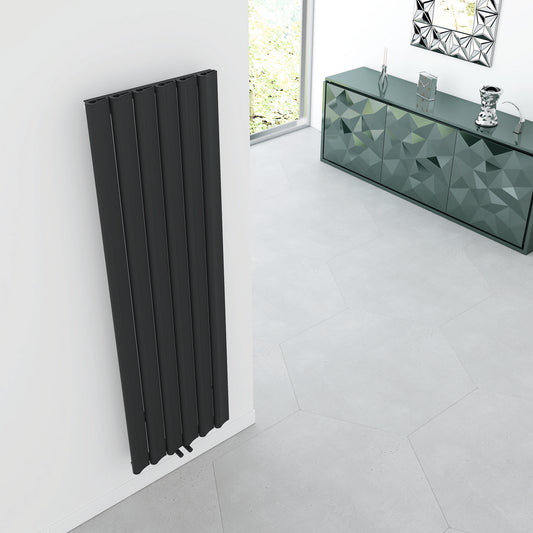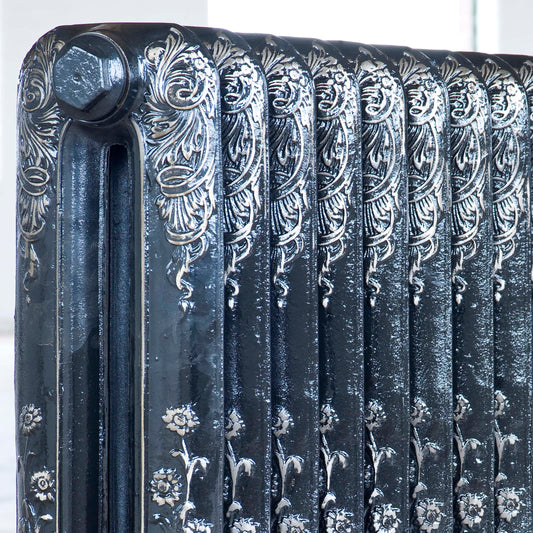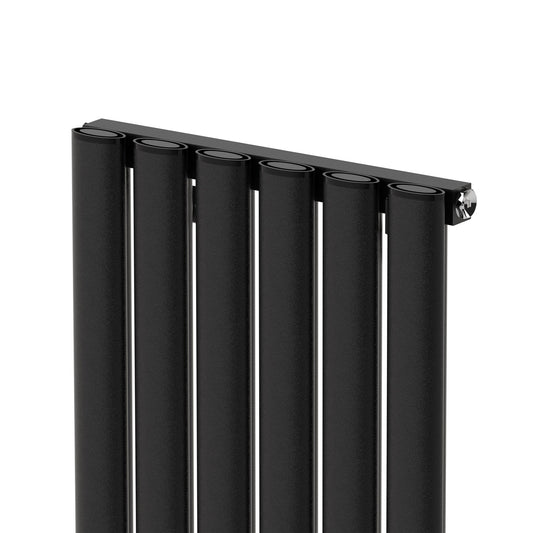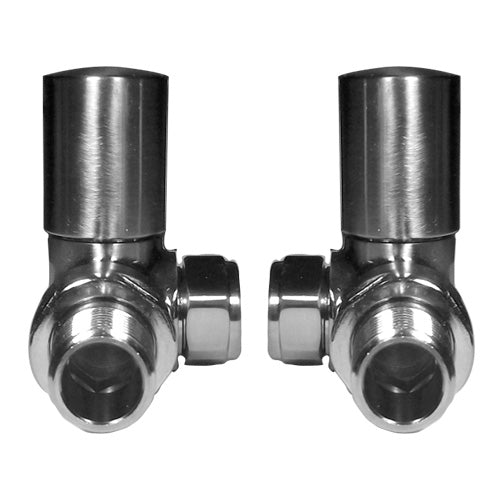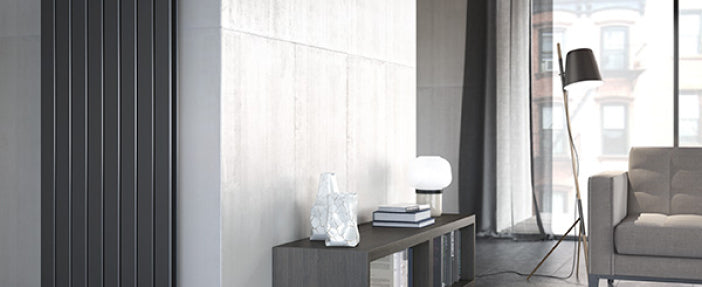The Radiator Shop Guide on How to Balance your Radiators
Unbalanced radiators can cause uneven heating, increased energy consumption, and discomfort in your home. Balancing your radiators ensures that each radiator heats up at the same rate, providing consistent warmth throughout your home. In this blog post, we'll provide a step-by-step guide on how to balance your radiators at home, making it easy for homeowners to tackle this essential maintenance task. Plus, we'll answer three frequently asked questions to help you keep your heating system running smoothly.
Step-by-Step Guide to Balancing Your Radiators
1. Turn off your heating system and allow the radiators to cool completely.
2. Make a note of the current settings on the lockshield valves, usually located at the opposite end of the radiator from the control valve. These valves control the flow of water into the radiator.
3. Open all lockshield valves fully by turning them counterclockwise.
4. Turn your heating system back on and allow the radiators to heat up.
5. Identify the radiator that heats up the quickest, as this will be your reference radiator.
6. Once the reference radiator is fully heated, close its lockshield valve by turning it clockwise. Then, open it slightly (usually about a quarter of a turn) to find the optimal setting.
7. Move on to the next radiator and wait for it to reach its maximum temperature. Close the lockshield valve, then slowly open it until you feel the same temperature difference between the inlet and outlet pipes as the reference radiator. The temperature difference should be around 12°C).
8. Repeat this process for each radiator in your home.
9. After balancing all the radiators, check the boiler pressure. If it's too low, you may need to top up the pressure by adding water to the system.
10. Finally, turn off your heating system and allow the radiators to cool down. Once cooled, turn the heating system back on and check that each radiator heats up evenly.
Frequently Asked Questions
1. How often should I balance my radiators?
It's a good idea to balance your radiators whenever you notice uneven heating, such as some rooms being too warm while others are too cold. This can be caused by adjustments made to the radiator valves or changes in the heating system, such as adding or removing radiators.
2. Can I balance my radiators without a professional?
Yes, balancing your radiators is a relatively simple DIY task that most homeowners can perform. By following the steps outlined in this guide, you can balance your radiators and improve the comfort and efficiency of your heating system.
3. What are the benefits of balancing my radiators?
Balancing your radiators can provide several benefits, including more consistent heating throughout your home, reduced energy consumption, and a quieter heating system. It can also help prolong the life of your boiler by ensuring that it doesn't have to work harder to compensate for unbalanced radiators.

